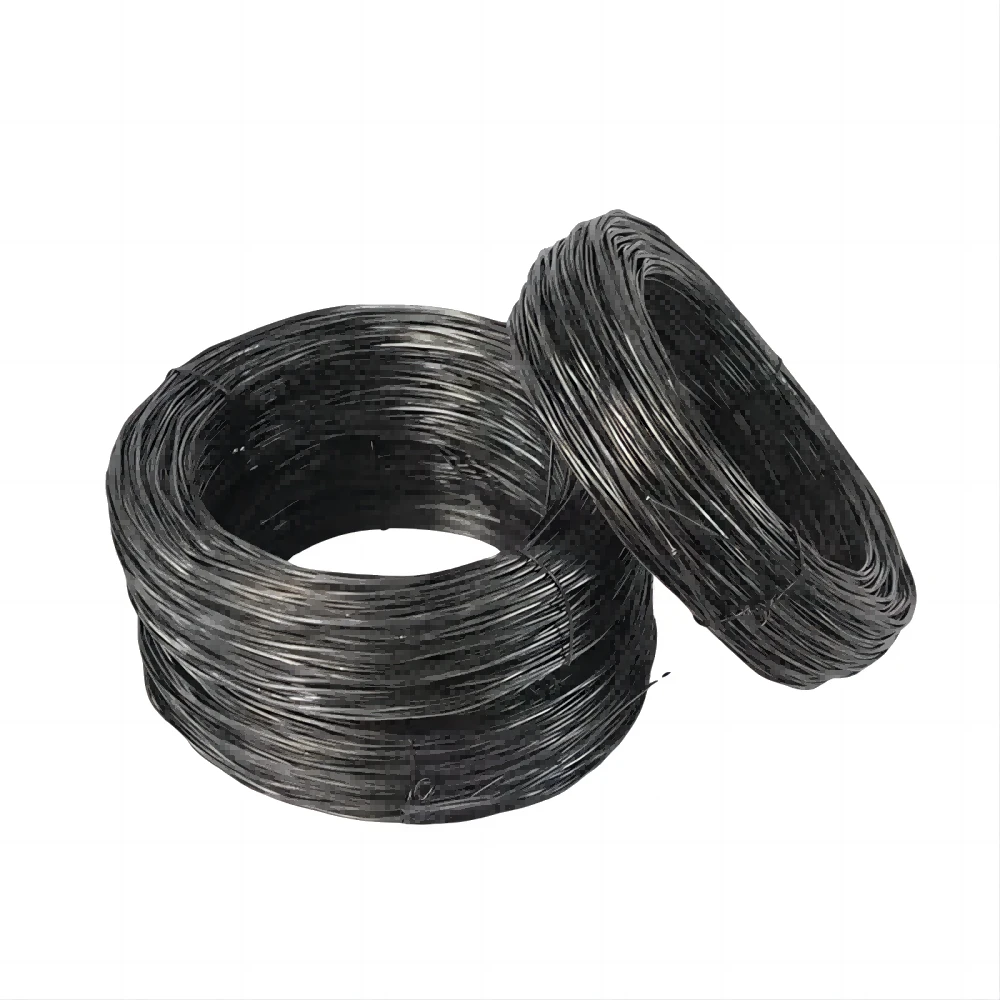Nails for Attaching Wood to Concrete Surfaces Effectively
Nails for Wood to Concrete A Comprehensive Guide
When it comes to construction and home improvement projects, fastening wood to concrete is a common requirement. Whether you're building a deck, framing a wall, or securing furniture, the choice of the right nails or fasteners is critical to ensure durability and strength. In this article, we will explore the different types of nails suitable for securing wood to concrete, their specific uses, and some best practices to achieve a successful and secure installation.
Understanding the Basics
Fastening wood to concrete requires specialized nails due to the hard nature of concrete compared to the softer texture of wood. Standard wood nails are not adequate for this task, as they lack the ability to penetrate and hold securely within concrete. Thus, there are specifically designed nails and fasteners for this purpose, which are made to withstand the rigidity of concrete while providing a secure hold for wood.
Types of Nails for Wood to Concrete
1. Concrete Nails Concrete nails are hardened nails designed to be driven directly into concrete. They usually range in length from 1.5 to 3 inches, and their design often features a fluted body for extra holding power. They are ideal for securing lighter wood structures to concrete surfaces.
2. Masonry Nails Similar to concrete nails but slightly thicker, masonry nails are made from hardened steel and can be used for the same purposes. They are particularly suitable for heavier applications or when a stronger grip is required.
3. Screw Anchors While not nails in the traditional sense, screw anchors provide an excellent solution for fastening wood to concrete. These are screws that come with a plastic or metal anchor, allowing them to be securely placed in pre-drilled holes. This method offers superior holding power and is ideal for heavier loads.
4. Lag Screws Lag screws, or lag bolts, provide a heavy-duty fastening solution. They are particularly useful when attaching larger wooden beams or heavy structures to concrete. Always pre-drill holes to prevent cracking the concrete when using lag screws.
nails for wood to concrete

5. Tapcon Screws Tapcon screws are specifically designed for anchoring into concrete and masonry. They feature a special thread design that allows them to bite into the material as they are driven in. Tapcon screws are an ideal choice for attaching wood to concrete due to their ease of installation and holding power.
Best Practices for Installation
- Pre-drill Holes Always pre-drill holes in concrete where nails or screws will be placed. This not only prevents potential cracking but also ensures more precise placement and easier installation.
- Use the Right Tools A hammer may work for driving in concrete nails, but for screws, a power drill and appropriate bits are necessary. Be sure to use a hammer drill for a more effective installation process with masonry screws.
- Choose the Correct Length and Diameter When selecting nails or screws, ensure that they are long enough to penetrate both the wood and the concrete adequately. Additionally, the diameter should be appropriate for the load expected on the joint.
- Spacing Proper spacing between nails or screws is crucial for load distribution. Typically, spacing should be around 16 inches on center for standard framing, but this can vary based on the structure’s intended use.
- Consider Environmental Factors If the installation is in an area exposed to moisture (like outdoors), look for galvanized or stainless steel nails and screws to prevent rust and ensure longevity.
Conclusion
Fastening wood to concrete is a task that requires careful consideration of the right fasteners and techniques to ensure a secure and lasting connection. By understanding the types of nails and screws available and following best installation practices, you can successfully complete your projects with confidence. Whether you're a DIY enthusiast or a seasoned contractor, using the appropriate fasteners will play a crucial role in the success and durability of your constructions. Remember, the strength of your connection often dictates the longevity and reliability of the structures you build.
-
Innovations in Razor Barbed Wire Design TechnologyNewsAug.11,2025
-
Roofing Nail Compatibility with Different Metal Roof TypesNewsAug.11,2025
-
Welded Wire Mesh for Rockfall Protection BarriersNewsAug.11,2025
-
Galvanized Wire Corrosion Resistance TestingNewsAug.11,2025
-
3D Fence Solutions Preventing Bird CollisionsNewsAug.11,2025
-
Using Chain Link Fence for Urban Garden SupportNewsAug.11,2025




